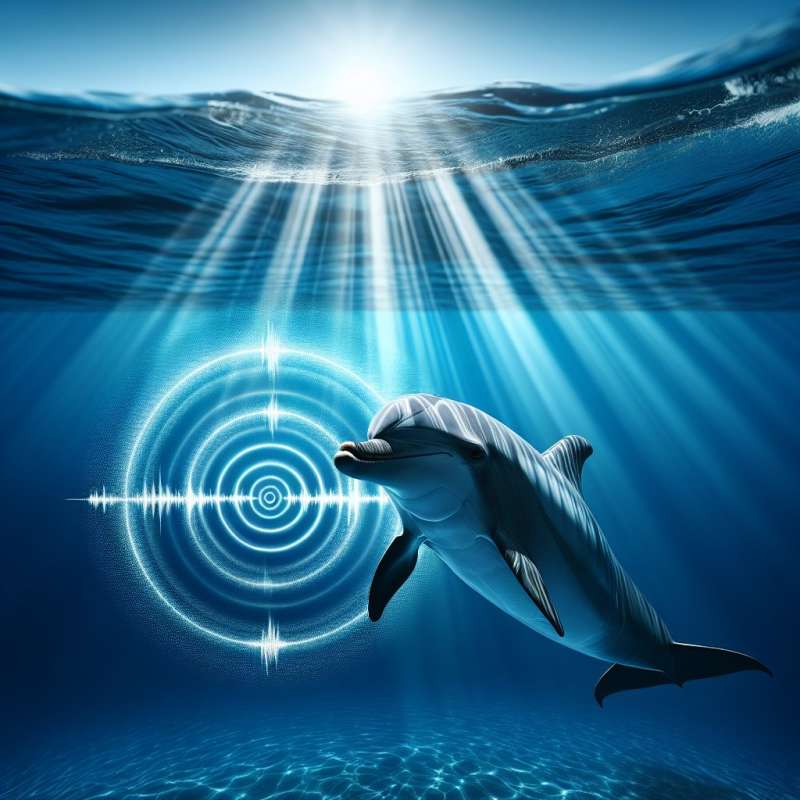
Introduction to Echolocation
Dolphins use echolocation to navigate, hunt, and communicate. They emit clicks and listen for echoes, interpreting the returning sound waves to form a 'sound image' of their surroundings.
Echolocation Click Properties
Echolocation clicks are high-frequency sounds ranging from 20 kHz to 150 kHz. Each click is a short burst, lasting just 50 to 128 microseconds.
Sound Wave Analysis
Dolphins analyze echo delays, wave frequency, and amplitude to ascertain object distance, size, shape, and texture. This detailed acoustic perception enables precise hunting.
Melon: Echolocation Organ
The 'melon', a fatty organ in a dolphin's forehead, focuses and modulates echolocation clicks. Its composition varies among species, affecting sound propagation.
Dolphin Hearing Adaptation
Dolphins have acute hearing, with lower jaw conductivity to the middle ear. This adaptation enhances their ability to detect the weak echoes necessary for echolocation.
Echolocation and Socializing
Dolphins may use echolocation for social purposes. By exchanging specific clicks, they can recognize each other and maintain group cohesion.
Human Impact on Echolocation
Noise pollution from ships and industrial activities can interfere with dolphin echolocation, causing distress and disorientation. Conservation efforts are vital for their acoustic habitats.Echolocation in Blind Humans
Some blind individuals have learned to use echolocation clicks similar to dolphins, detecting objects by interpreting the echoes they produce.
What do dolphins use echolocation for?
Communication and hunting
Sleeping and playing
Jumping and swimming
Company